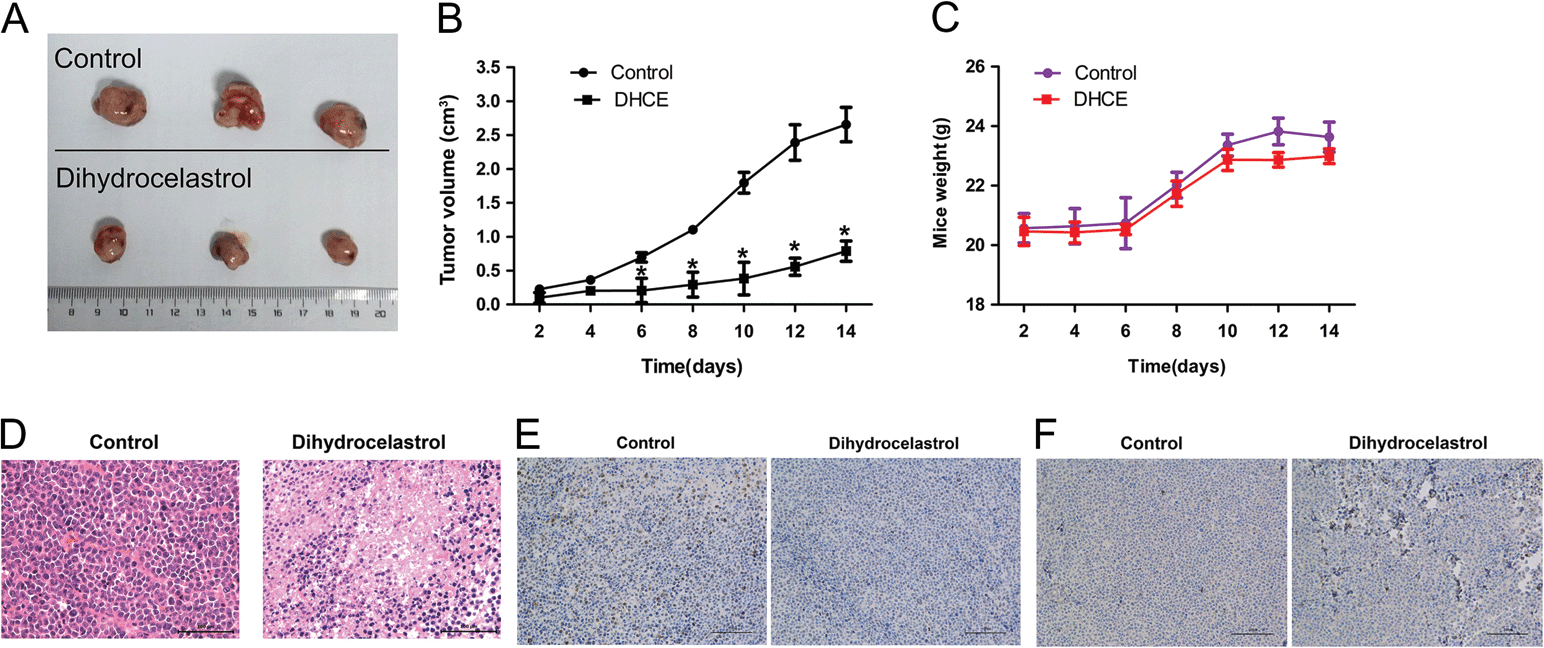博文
ABBS: Dihydrocelastrol inhibits multiple myeloma via STAT3
|||
Liangning Hu, Huiqun Wu, Bo Li, Dongliang Song, Guang Yang, Gege Chen, Bingqian Xie, Zhijian Xu, Yong Zhang, Dandan Yu, Jun Hou , Wenqin Xiao, Xi Sun, Gaomei Chang, Yiwen Zhang , Lu Gao , Bojie Dai , Yi Tao , Jumei Shi , and Weiliang Zhu
Department of Hematology, Shanghai Tenth People's Hospital, Tongji University School of Medicine, Shanghai 200072, China
Acta Biochim Biophys Sin 2017, 49: 420–427; doi: 10.1093/abbs/gmx021
Multiple myeloma (MM) is the second most frequent malignant hematological disease. Dihydrocelastrol (DHCE) is synthesized by hydrogenated celastrol, a treterpene isolated from Chinese medicinal plant Tripterygium regelii. In this study, we first reported the anti-tumor activity of DHCE on MM cells. We found that DHCE could inhibit cell proliferation and promote apoptosis through caspase-dependent way in vitro. In addition, DHCE could inactivate the expression of interleukin (IL)-6 and downregulate the phosphorylation of extracellular regulated protein kinases (ERK1/2) and the signal transducer and activator of transcription 3 (STAT3) in MM. It also retained its activity against MM cell lines in the presence of IL-6. Furthermore, treatment of MM cells with DHCE resulted in an accumulation of cells in G0/G1 phase of the cell cycle. Notably, DHCE reduced the expression of cyclin D1 and cyclin-dependent kinases 4 and 6 in MM cell lines. Additionally, its efficacy toward the MM cell lines could be enhanced in combination with the histone deacetylase inhibitor panobinostat (LBH589), which implied the possibility of the combination treatment of DHCE and LBH589 as a potential therapeutic strategy in MM. In addition, treatment of NCI-H929 tumor-bearing nude mice with DHCE (10 mg/kg/d, i.p., 1–14 days) resulted in 73% inhibition of the tumor growth in vivo. Taken together, the results of our present study indicated that DHCE could inhibit cellular proliferation and induce cell apoptosis in myeloma cells mediated through different mechanisms, possibly through inhibiting the IL-6/STAT3 and ERK1/2 pathways. And it may provide a new therapeutic option for MM patients.

Mechanisms of anti-myeloma activity of DHCE

DHCE is active in an MM xenograft model
阅读原文: http://www.abbs.org.cn/arts.asp?id=4151
获取全文: abbs@sibs.ac.cn
相关论文:
1 Targeting transcription factor STAT3 for cancer prevention and therapy
2 Feedback Activation of STAT3 as a Cancer Drug-Resistance Mechanism
4 STAT3-induced long noncoding RNAs in multiple myeloma cells display different properties in cancer
5 Regulation of STAT3 and NF-kappa B activations by S-nitrosylation in multiple myeloma
6 Nifuroxazide inhibits survival of multiple myeloma cells by directly inhibiting STAT3

https://blog.sciencenet.cn/blog-592748-1152605.html
上一篇:ABBS: microRNA expression during thymus aging
下一篇:ABBS: Gnaq protects neural cells from oxidative stress